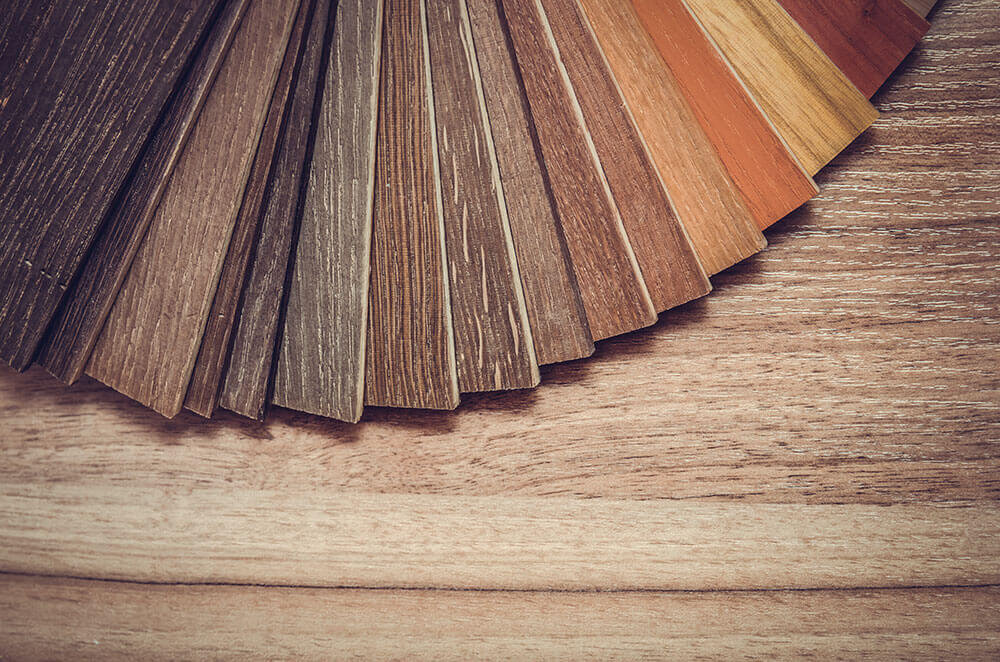Everyone has been there. You think you notice something, but it can’t be true, so you write it off as just a trick of the lighting, or maybe something in your eye. Eventually the nagging thought sticks, and you can definitively prove that your hardwood flooring is in fact changing colors. Now what?
What to Know About Color Change of Hardwood Floors
Why Do Hardwood Floors Change Color?
Before you do anything, don’t panic. Changing colors is a natural part of the life-cycle of hardwood flooring, since the wood will darken over time. What you need to determine is whether the floor is changing color because of natural causes, or if there is an outside factor at work here.
For example, if you notice the color is actually getting lighter than it was before and the area of offense is near the kitchen, bathroom, or some other place near water, that’s a good indicator that moisture is to blame. If left untreated, water will cause the color of the floor to change, so either invest in a good water-resistant sealer or be vigilant with cleaning up spills. Additionally, the rays of light from the sun will cause a color change, just as it would in residential carpeting, laminate plank flooring, or linoleum.
How Do I Prevent the Floor From Changing Colors?
Once you’ve determined the cause, how do you go about fixing it? If the problem is the sun, the obvious answer is to shutter the window or otherwise do something to prevent the rays from striking the floor. That can make your home seem dark and drafty though, and even in a place like Nashville the sun is appreciated during the winter. Another solution is to put a rug down, but then you would rob yourself and your guests of the view of you hardwood floor.
The best of both worlds, albeit one that is a bit more expensive, is to install UV-blocking windows. As their name implies, they keep the harmful rays out while still allowing the sunshine in. Rotating the furniture so that the flooring is equally exposed to all of the elements is not a bad idea either, since at least then everything should change at an equal rate.
My Hardwood Floor Has Changed Color, Now What?
If this has already happened, making sure it won’t happen again is only part of the problem. What can you do to fix it? You can always stain it, but that doesn’t really help you if you liked the color it was.
One option is to sand the floor entirely, since that will take the offending layer off, leaving a fresh, smooth, and uniform look underneath. This might seem like an extreme option, but it does give you a fresh start, so to speak. The ability to resurface hardwood flooring is one of the selling points of the material, after all.
If you’ve recently installed a new hardwood flooring and it has changed color, do not be alarmed. There is a perfectly good reason for it, and there are things you can do to prevent it from happening again in the future. And in the future, when you have other flooring questions, Ozburn-Hessey will be there to answer them.




